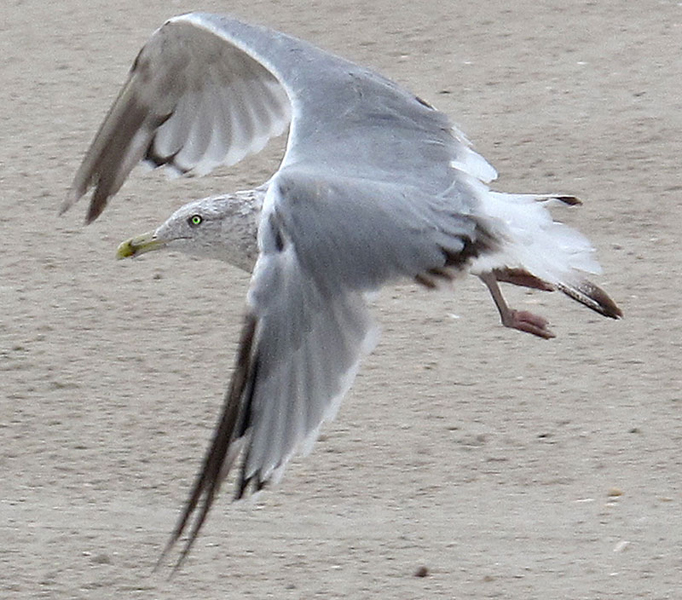SEAGULLS
SEAGULLS
They screech, they soar, and hover on wind drifts. Some pose for a few seconds, held by air currents, and then descend for the scraps of my lunch.
At takeoff, see images at left, L to R, numbers 1, 5 & 8. The size of the wing is what determines how much lift is made to raise the bird up into air. Seagulls change their wing size by stretching them out as much as possible and at the same time lowering the rear portion while using wind, and flapping to increase their speed.
While landing is harder than take off, both are the greatest hazards for a seagull. When beginning to land, see images 3 & 4, notice how the tail is spread open and lowered to act as a brake.
Belonging to the large family named Larus, from the Greek word meaning “ravenous sea bird” they have been called sanitation engineers with wings. When not found around fishing boats, picnic grounds and parking lots, the favored ones who hug the ocean beaches, will fly low over water, find a clam and than soar very high in the sky, drop the clam and dive down to eat the meat in the broken shell, at the same time watching to see if another gull is coming to take it all away.
Margaret Casella
Detailed information about Seagulls is from the American Bird Conservancy.












